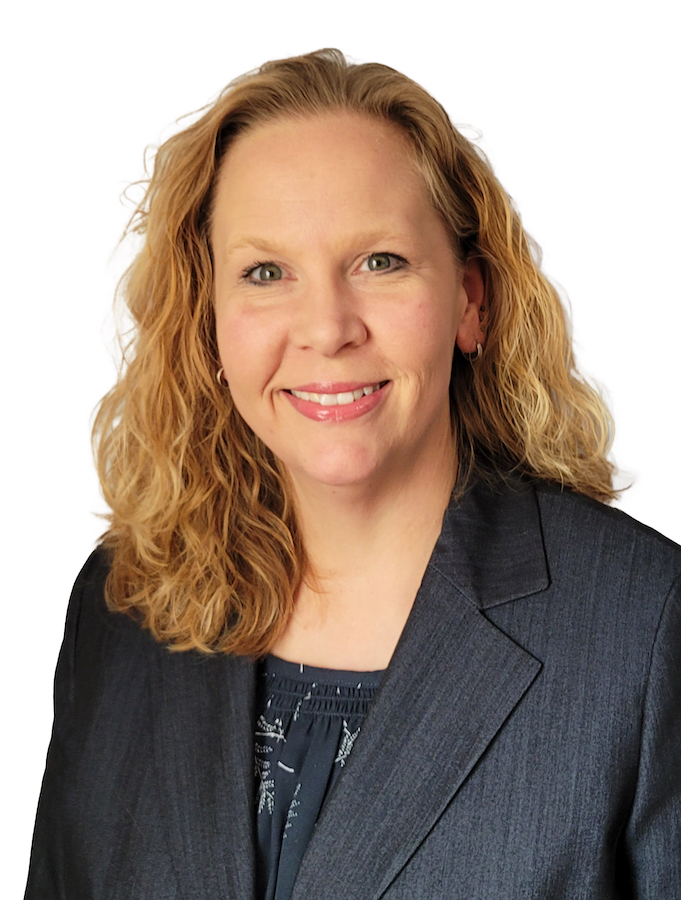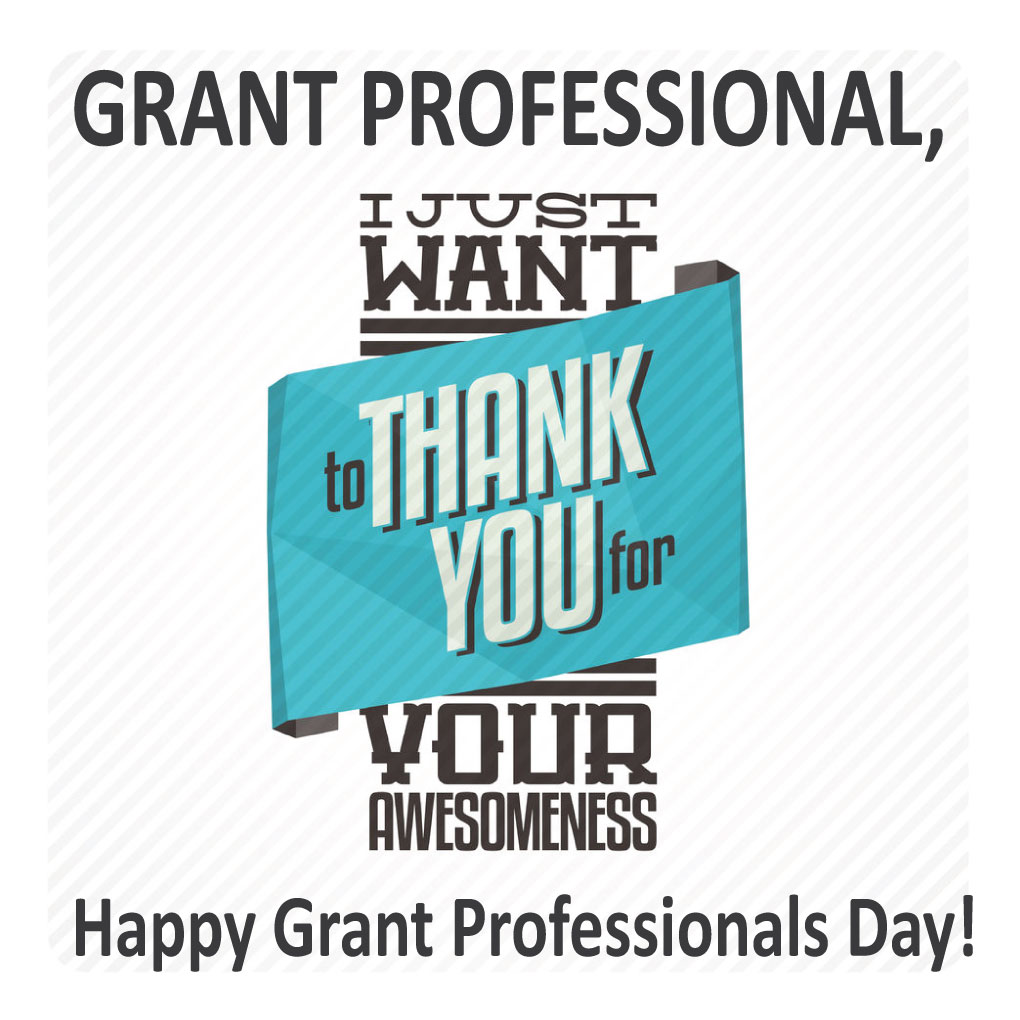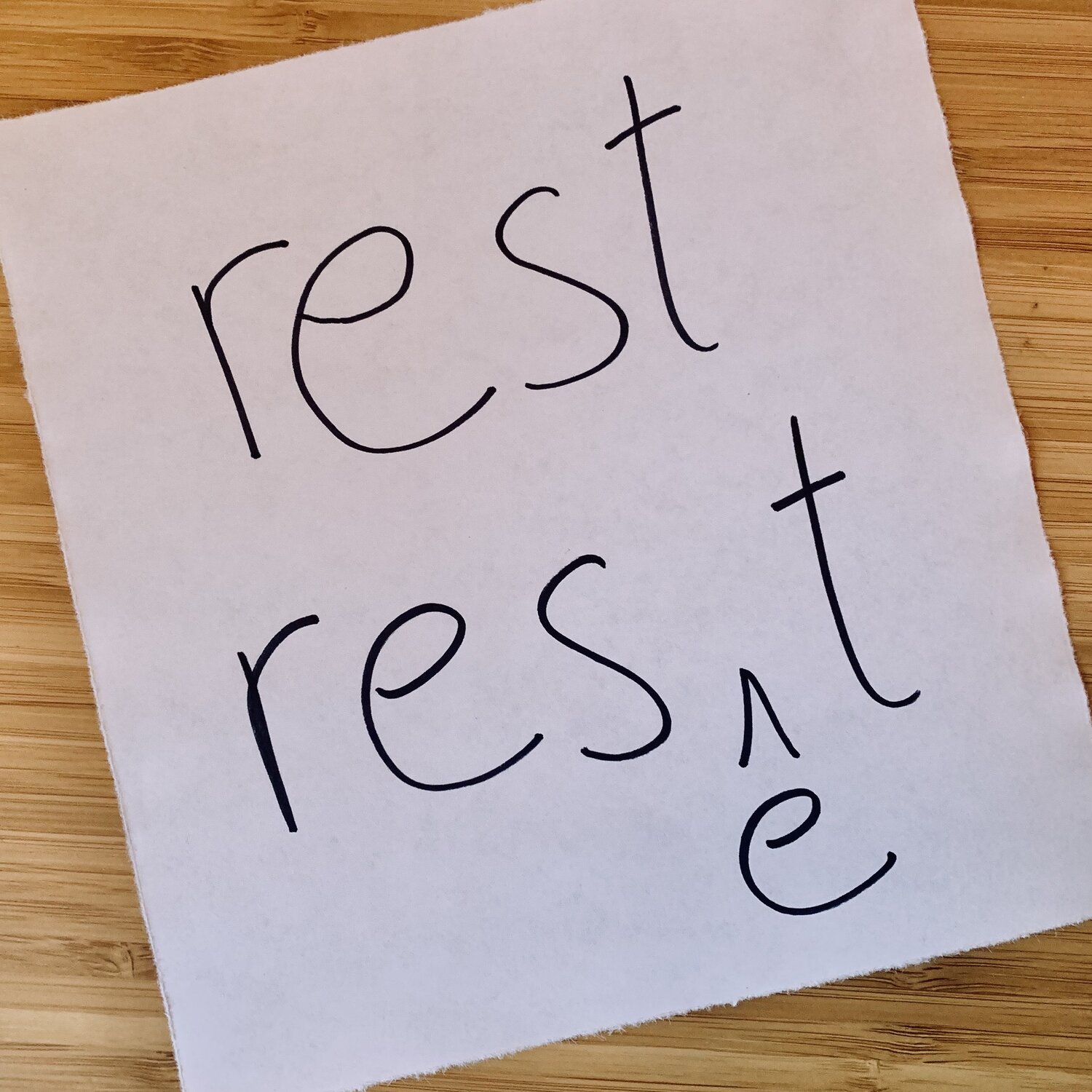28 Jul Cheers to Twenty Years by Megan Campbell, MPA, GPC
Posted at 18:00h
in About AGS, Competency Seven, Inspiration, Megan Campbell, Professional Development, Professionalism
When the email from the Grant Professionals Association (GPA) came at the beginning of 2024 congratulating me on twenty years of membership, I called one of my fellow Gen-X colleagues and joked, “I don't know whether to feel exuberant about a career milestone or join the AARP.” In many ways, 2004 doesn’t feel so very long ago. In other ways, twenty years feels like two hundred. Since 2004, I’ve experienced learning to balance marriage, motherhood, graduate school (twice, because I’m a glutton for punishment), and countless career ups and downs. I’ve been part of creative teams, navigated ever-changing technology, learned valuable leadership skills, and taken professional paths that “2004 me” would never have imagined. I’ve witnessed civic unrest, a new age of social activism, and survived a global pandemic. And I’ve seen the nonprofit sector and philanthropy step up and evolve to continue to meet the community's needs.
24 Jun Advancing Knowledge: Knowing your “Why” by Kellie Brungard, GPC
Posted at 17:08h
in Competency Seven, GPC Credential, Grants Management, Kellie Brunguard, Professional Development, Professionalism
Have you ever stopped to consider the reasons why you sign up for webinars, attain or continue to maintain your grant professional certification (GPC), or set out to learn an entirely new skill set (like project management)? For some, an employer prioritizes professional development and encourages developing a training plan. Perhaps your certification or licensure requires continuing education. Do you ever feel like you are taking action (e.g., attending workshops or reading professional articles) but it’s not adding up? Are you missing a sense of accomplishment? Actions without a bigger picture may seem productive in the short term, but they may not connect with your larger goals or leave you feeling like you haven’t made progress. Identifying your “why” may be the missing piece.
25 May Neurodiversity for Grant Professionals By: Kellie Brungard, GPC
Posted at 11:15h
in Community, Competency Seven, Organizational Development, Professional Development, Professional Development
I attended Laura Cochran’s session, “Work with Your Brain: How to Accommodate Your Neurodiversity,” at GrantSummit 2023 with a minimal understanding of neurodiversity and its relevance in my life. Laura’s opening line was, “If you’re wondering if you should be in this room or if the topic applies to you, you’re probably in the right place!” The room was filled with grant professionals identifying as neurodivergent (someone identifying as being neurodiverse) or exploring the concept. Participants spoke about their professional and workplace challenges, accommodations that have helped their workflow, and the strengths and weaknesses of those identifying as neurodiverse.
29 Apr Certifications for the Grant Professional By: Kellie Brungard, GPC
If you were to ask grant professionals how they arrived at their current position/role, most would laugh and relate a roundabout journey. Grant Professional is not at the top of the list of jobs to which children, youth, and teens aspire. Many of us find ourselves working as grant professionals by way of degrees in journalism, education, social work, and even the STEM fields. Through our various career paths in nonprofit organizations, educational institutions, and social service agencies, grant professionals develop unique skills and have various areas of expertise and specialization that support our grantsmanship work. As a result, there are many professional certifications that benefit the grants profession. Certifications help uplift the profession by establishing a level of knowledge and ethical practices and acknowledging experience and expertise within an industry. Below is an overview of professional credentials related to the grants profession and the requirements for obtaining them.03 Mar What Your Grant Professional Really Wants on IGPD By: Shauna O’Toole, MA, CFRE, GPC
“For starters, we would like it to be known that it’s International Grant Professionals Day. Many people, even other fundraisers, have not heard of such a day.” That’s just one of the responses I got when I posed this question to my fellow grant pros - “What do you really want on International Grant Professionals Day? In other words, what could employers and the philanthropic sector do that would really make you take notice?” Their* answers fell into five categories:18 Feb Small Nonprofit Building Blocks Series: Community Relations by Megan Campbell, MPA, GPC
Defining Small Nonprofits: Whether a nonprofit or not-for-profit, a charitable organization’s “size” is not determined by its facility, number of staff, or services to the public but by the size of its operating budget. Large organizations have operating budgets in the $10- $50MM range, while organizations with annual budgets of $5MM or less are considered small. Large, nationally affiliated organizations tend to get the lion’s share of public recognition and visibility; however, they are not representative of the U.S. nonprofit sector as a whole. In fact, the National Council of Nonprofits reports that 92% of organizations within the nonprofit sector are small organizations with annual revenue of less than $1MM. Yet the reality is that all charitable organizations depend on public and private support (i.e., government or private grants, individual donations, in-kind gifts, volunteers) to achieve their missions, and small organizations often grapple with how to compete in a market publicly dominated by their larger counterparts.06 Jan Rest and Reset: Strategies for anti-burnout by Kellie Brungard, GPC
Burnout. That’s another buzzword like quiet quitting or hustle culture, right? Actually, burnout has been around for a long while, recognized in the healthcare and social service industries. The World Health Organization (WHO) recognizes burnout as an occupational phenomenon (though it’s not recognized as a medical condition). WHO defines burnout as “a syndrome conceptualized as resulting from chronic workplace stress that has not been successfully managed. It’s characterized by feelings of energy depletion or exhaustion, increased mental distance from one’s job or feelings of negativism or cynicism related to one’s job; and reduced professional efficacy.” In 2020, three grant professionals (Bachman, Planton, and Rodgers) set out to identify the prevalence of burnout among the grant profession. Their findings were published in the Fall 2020 Journal of the Grant Professionals Association, showing a gap in available information as well as initial research indicating more than three in four grant professionals experience physical symptoms, socio-emotional symptoms, or both, of burnout.03 Jan Ready for Reset? So Is Your Grant Strategy by Tracey Diefenbach, GPC
Posted at 19:02h
in Competency Eight, Competency Seven, Competency Two, Grant Calendar, Relationships, Strategy, Tracey Diefenbach, GPC
It’s January. Are you ready for a reset? Better yet, is your grant strategy ready for a reset? I am just hunching here, but I think the answer may be “yes!”










